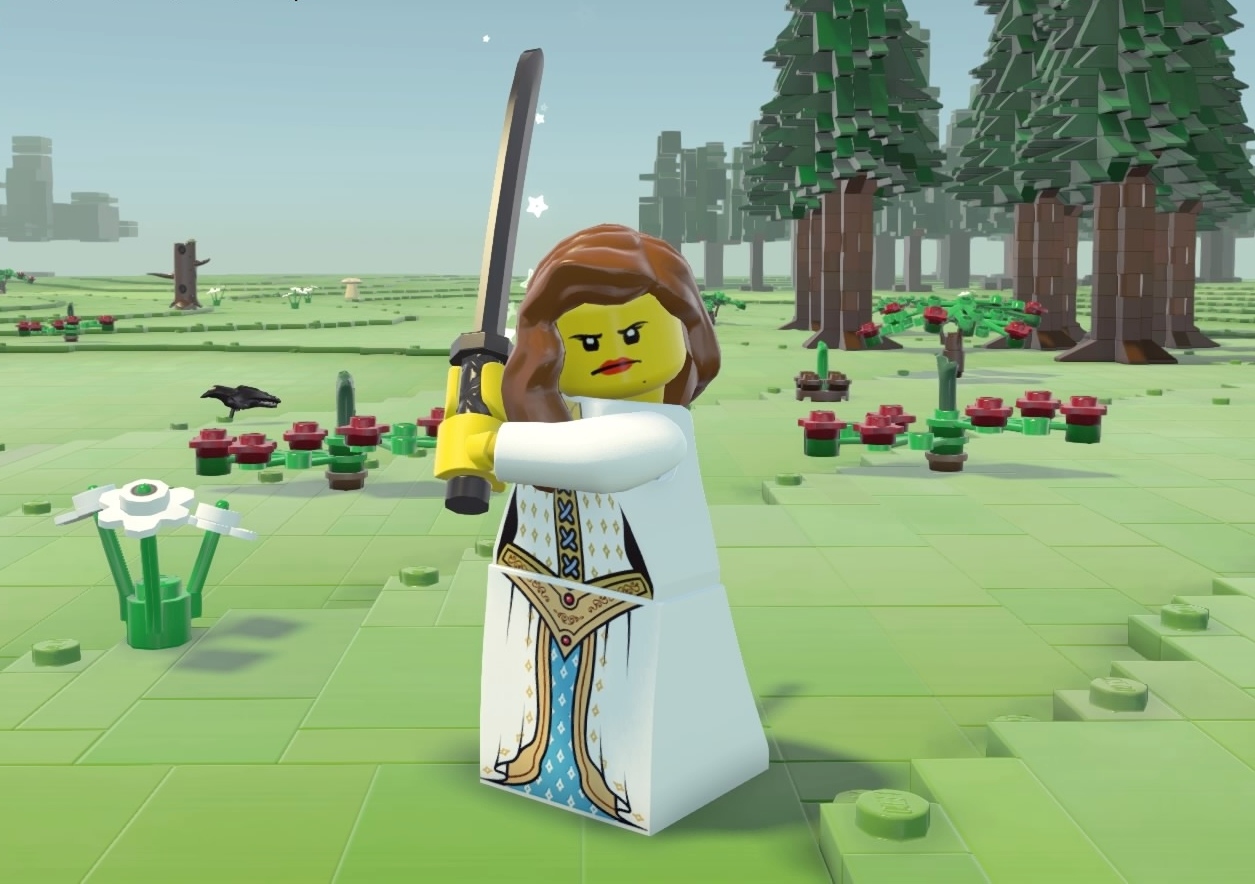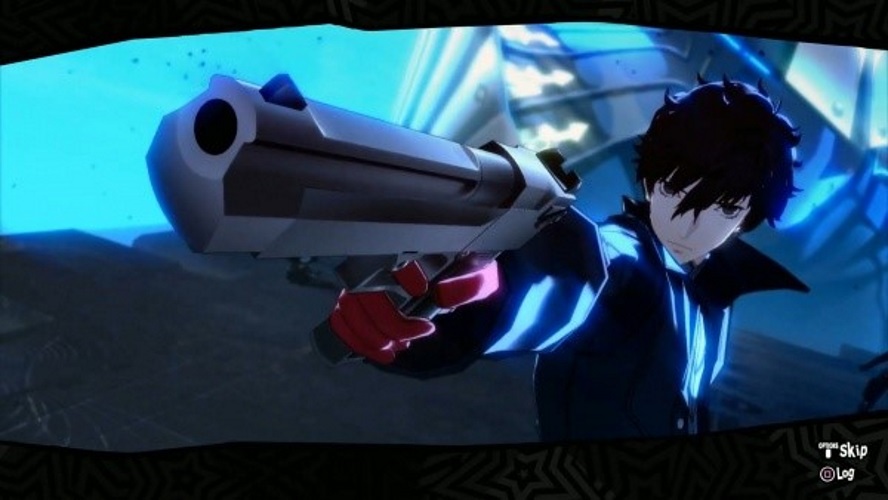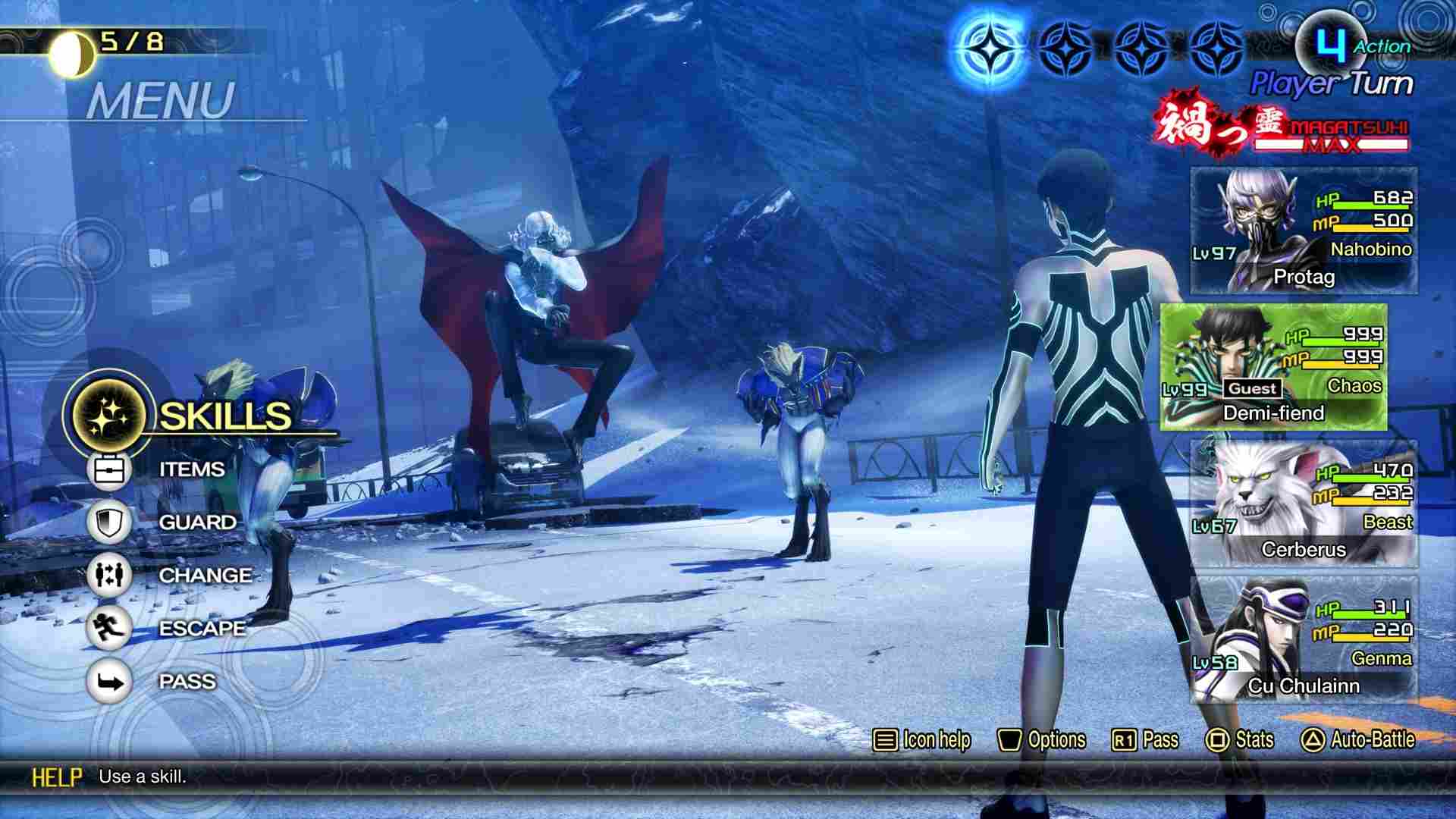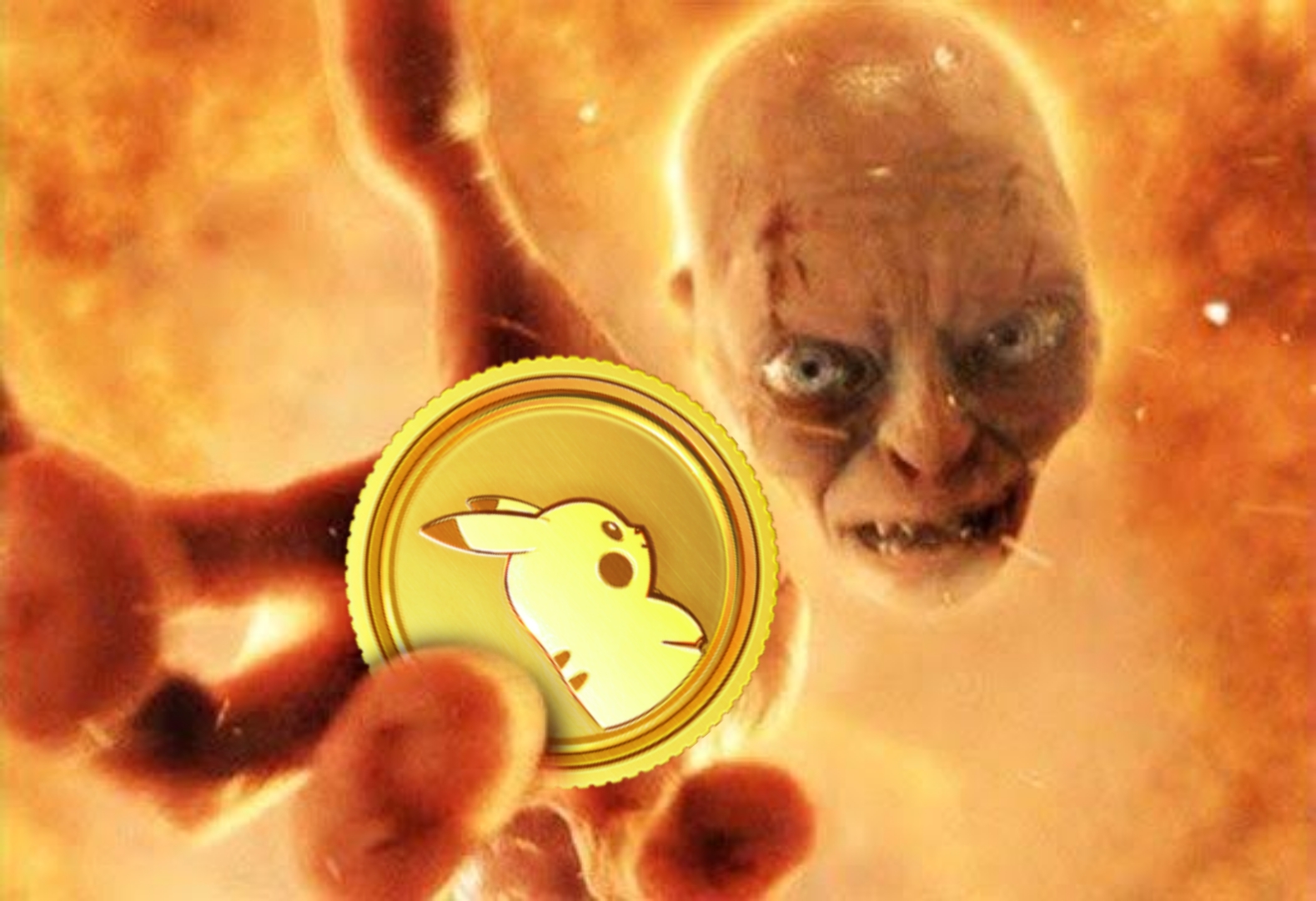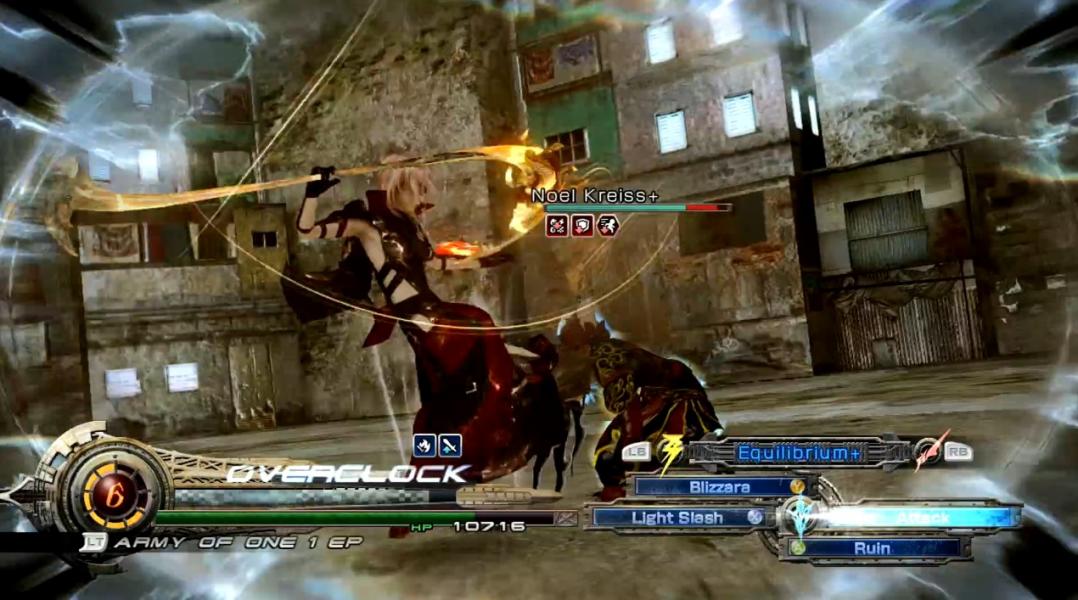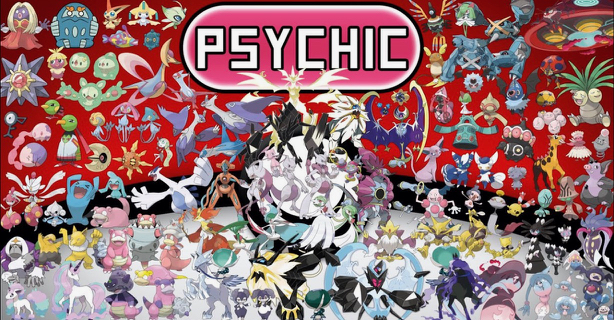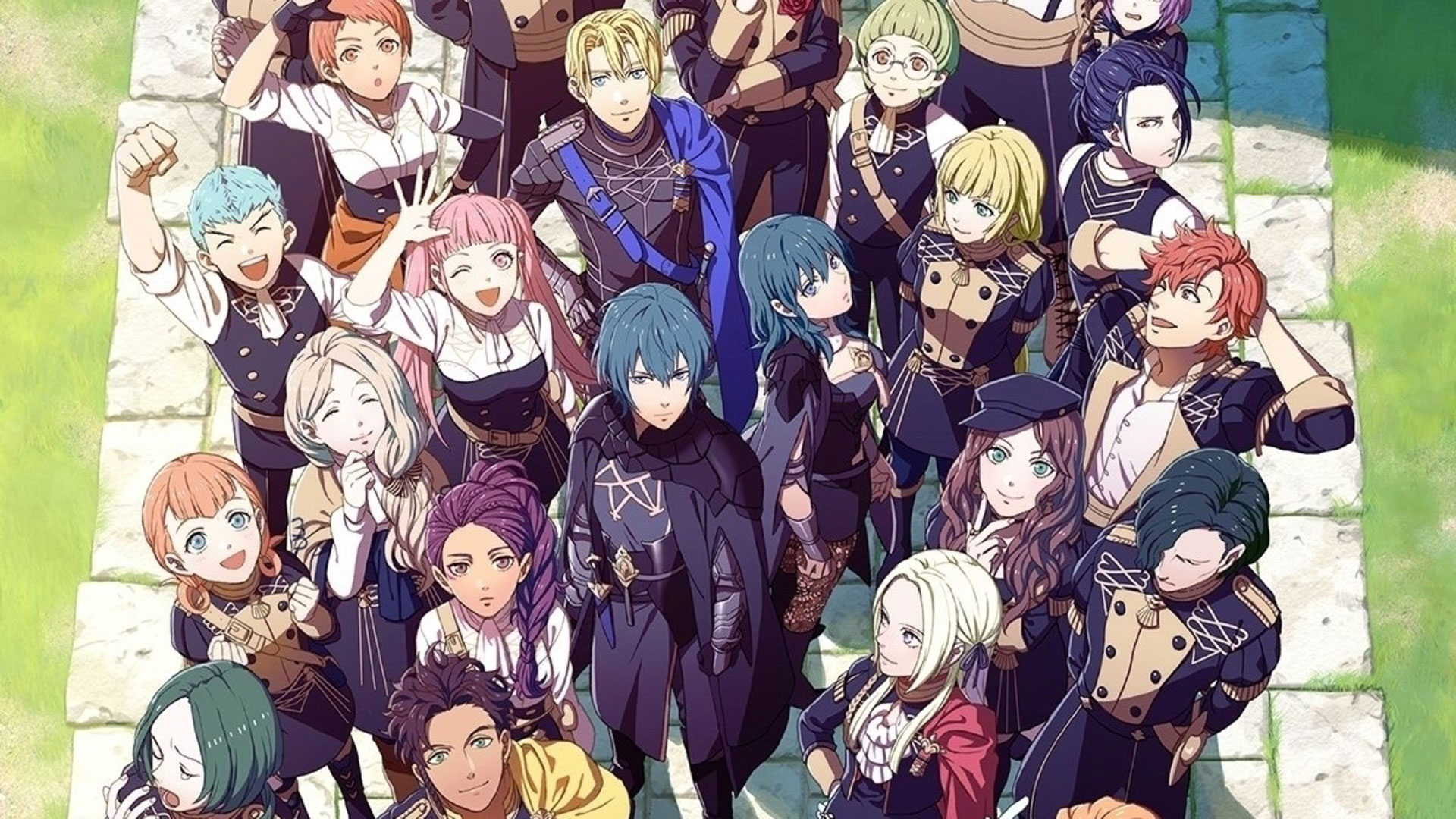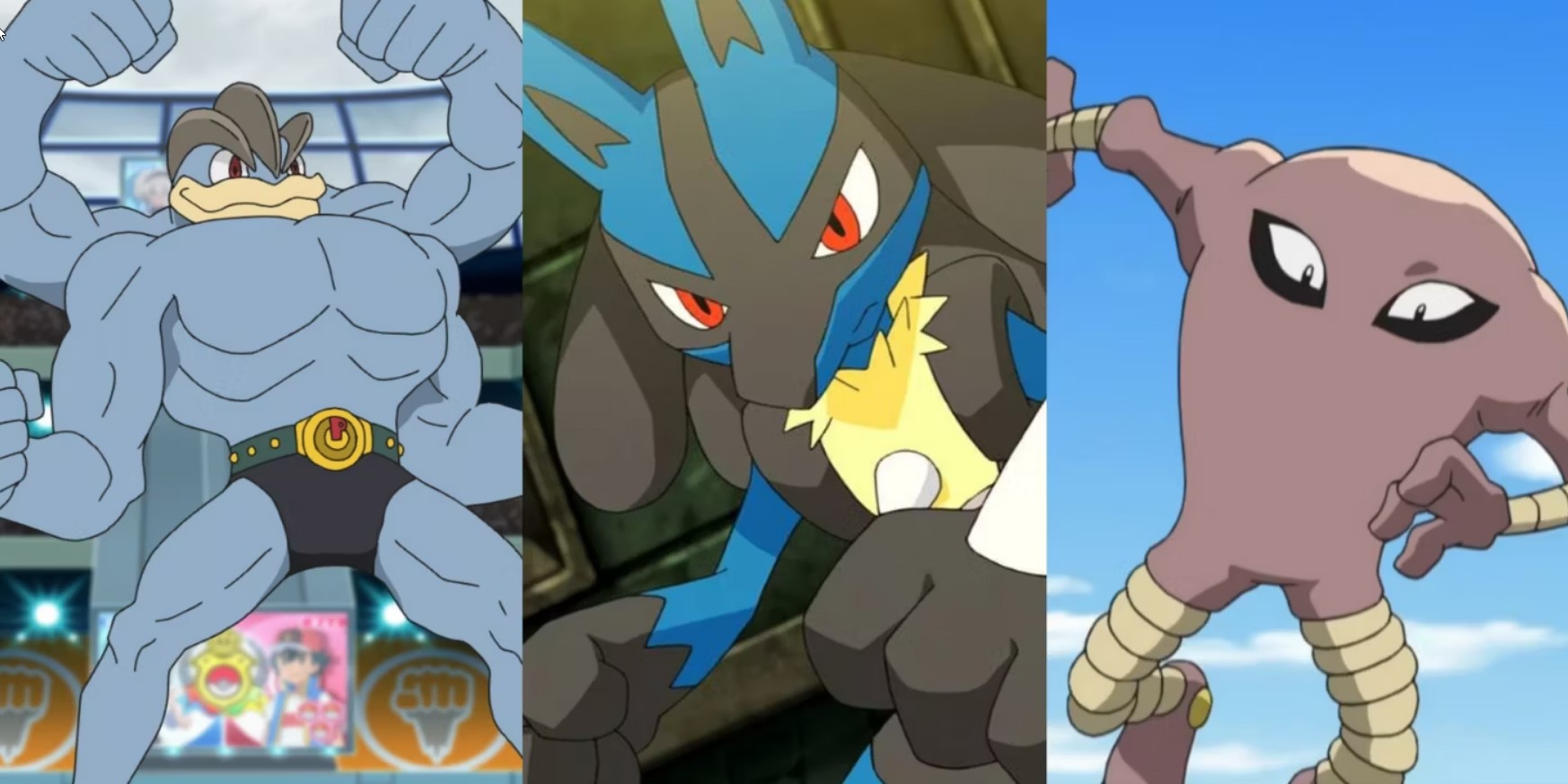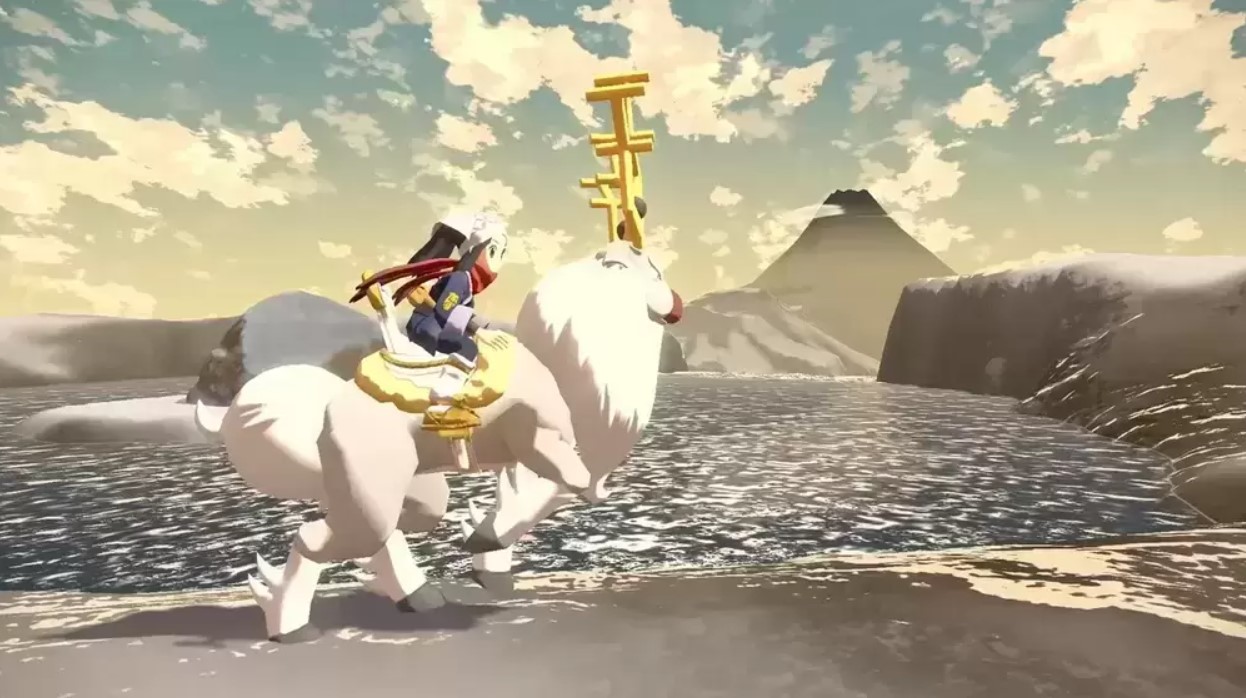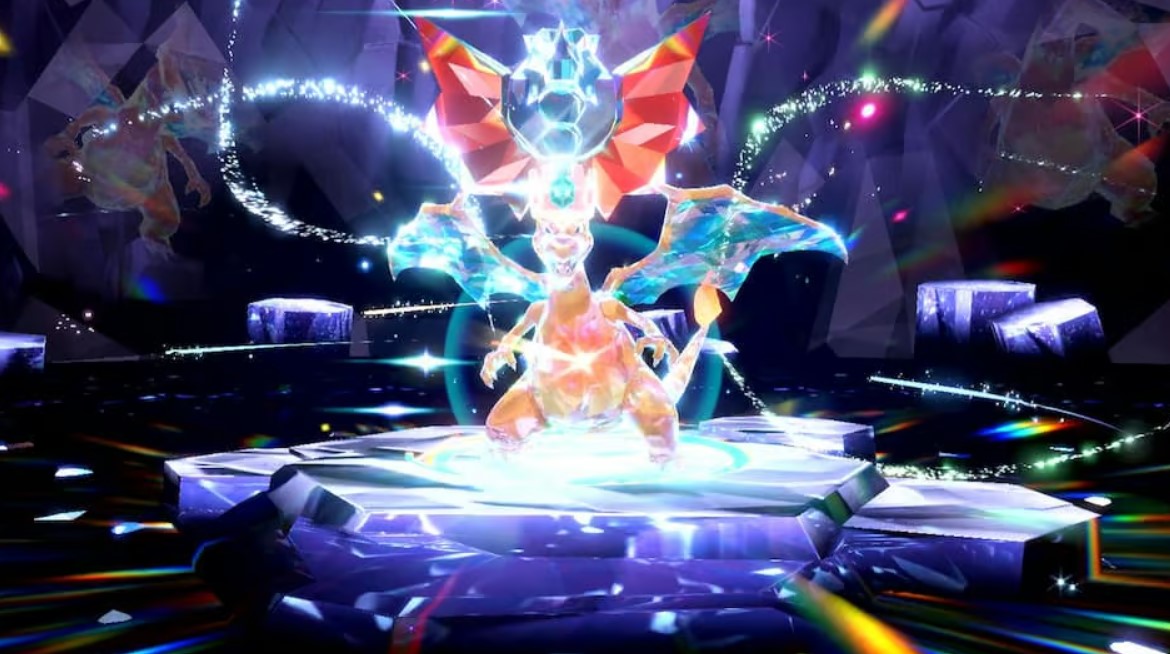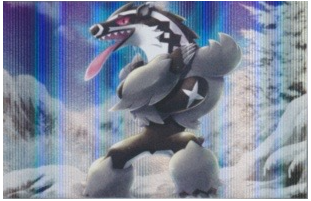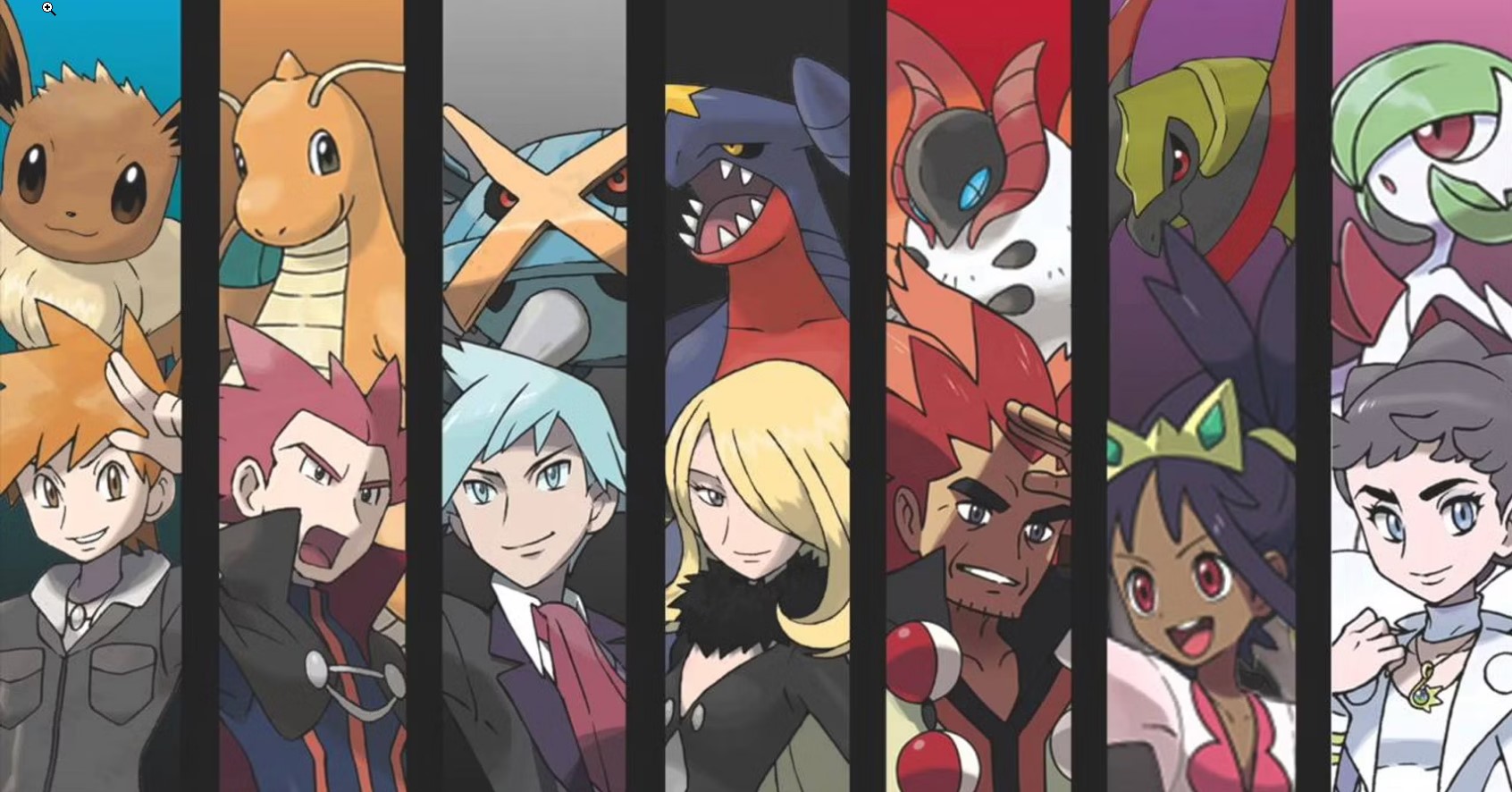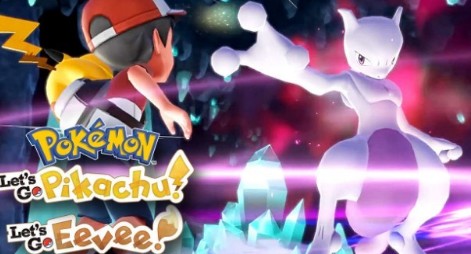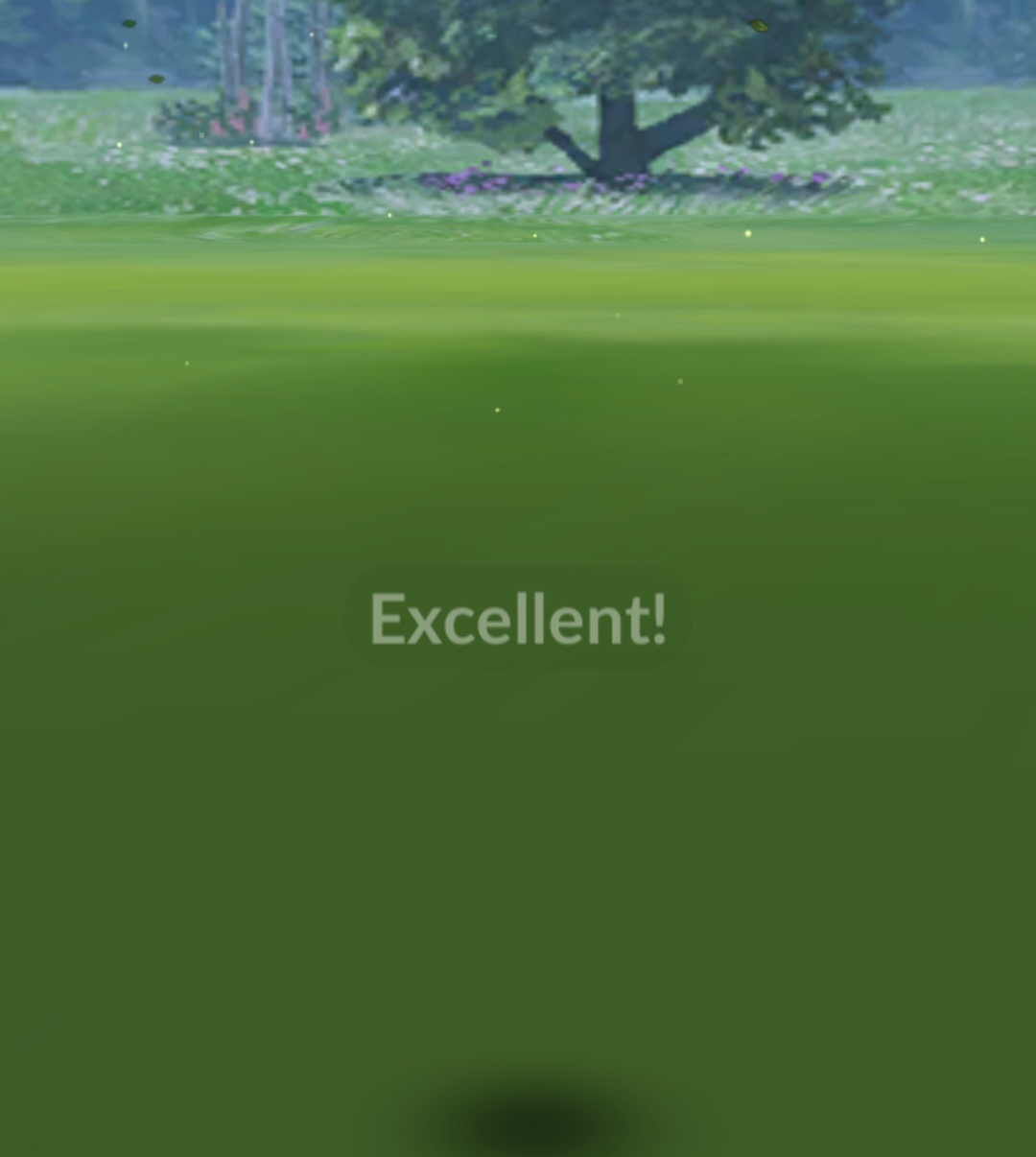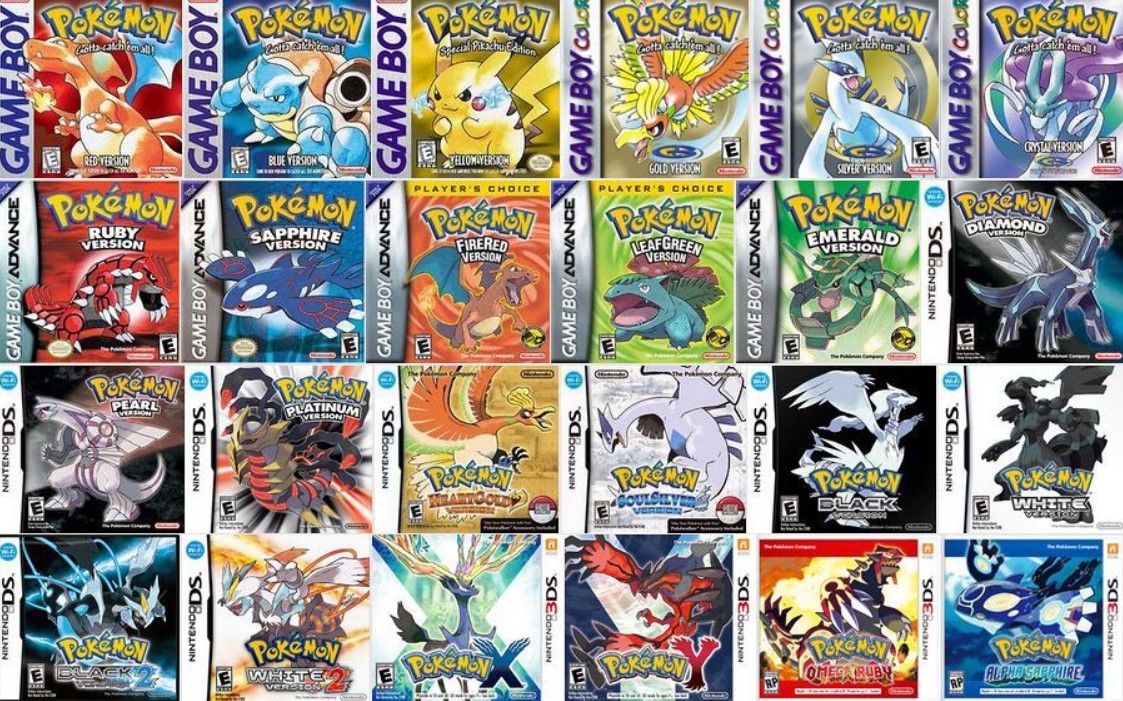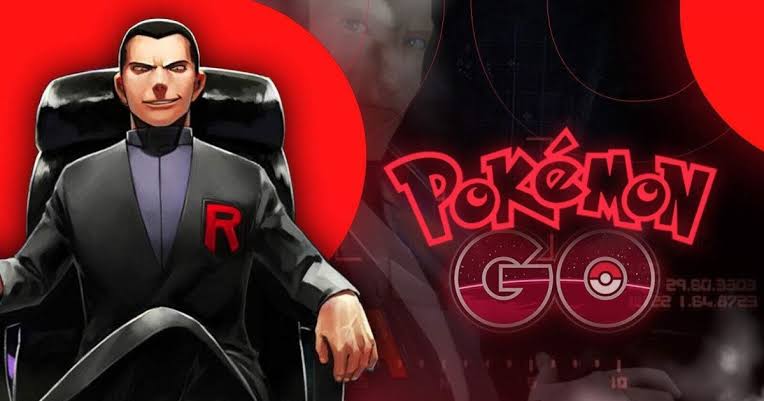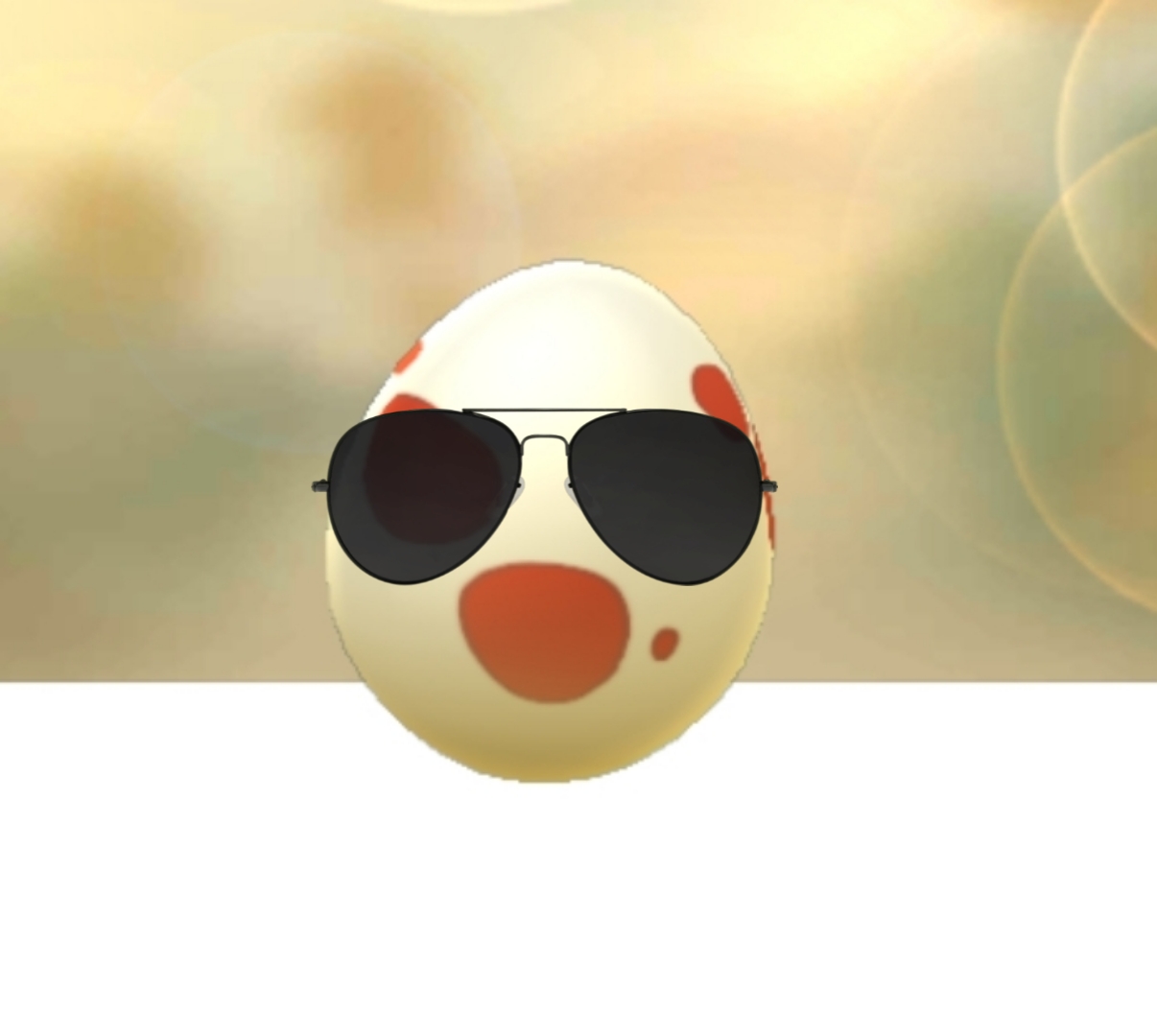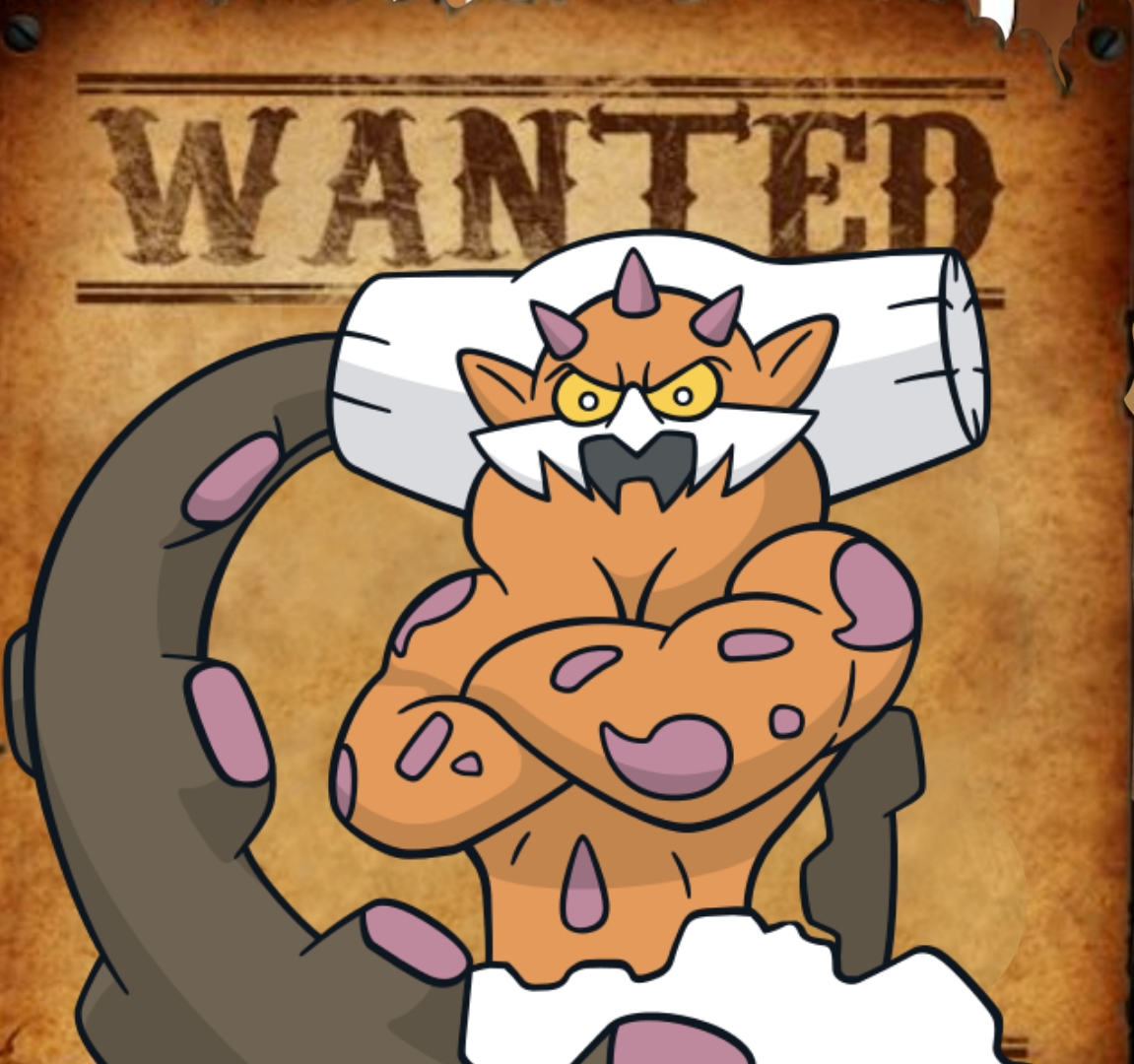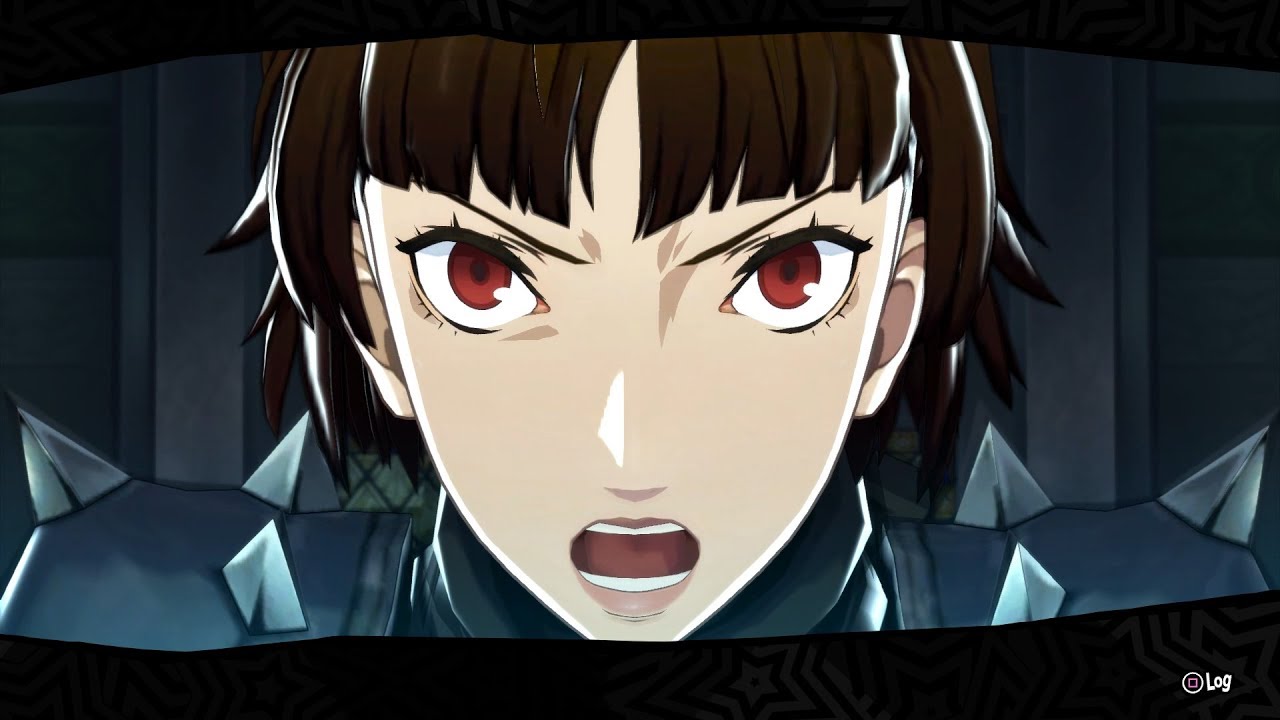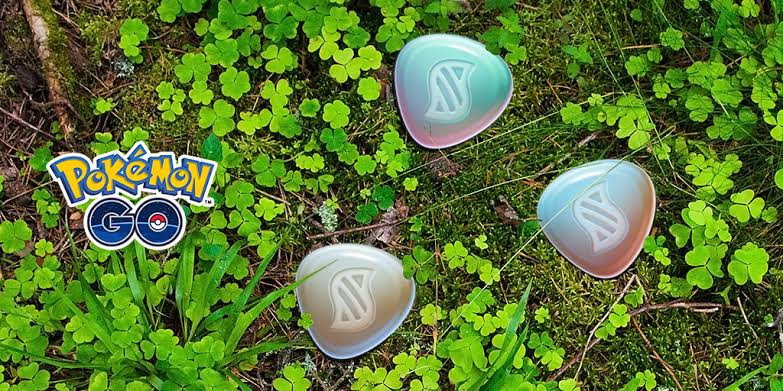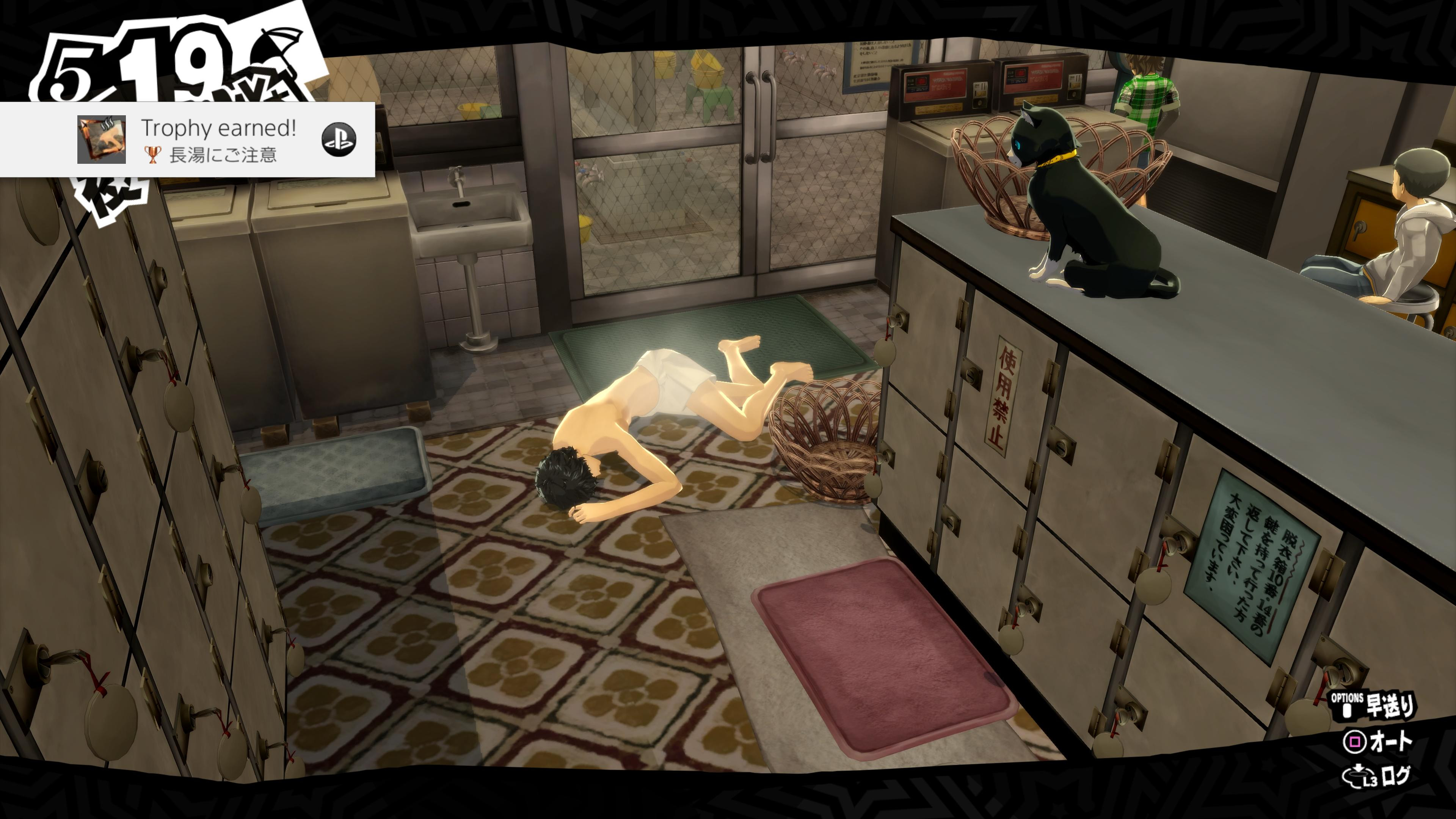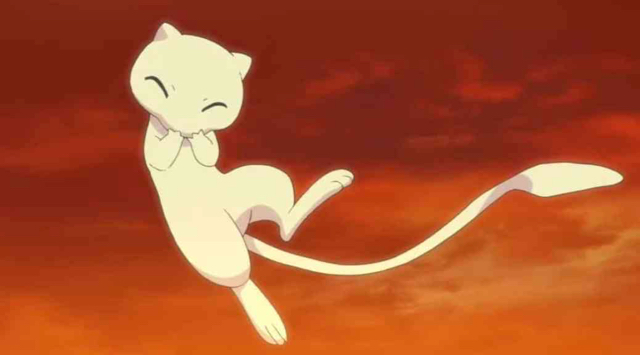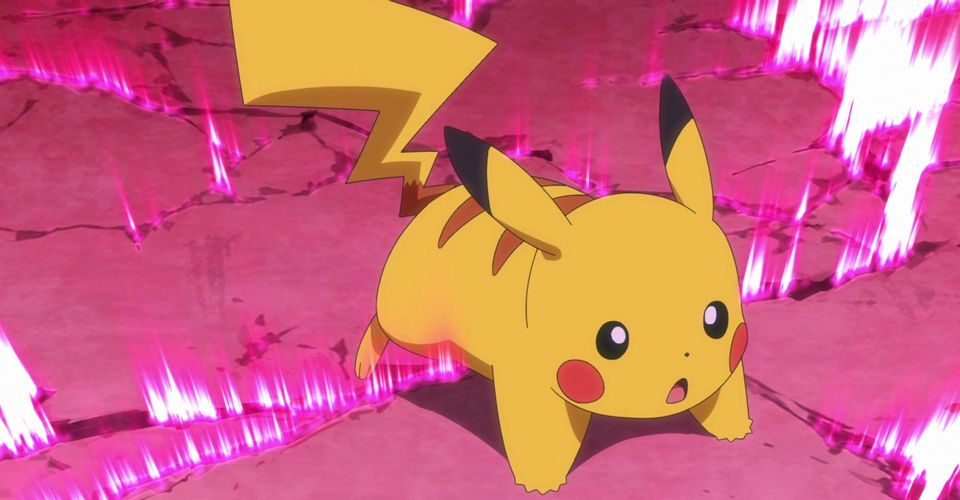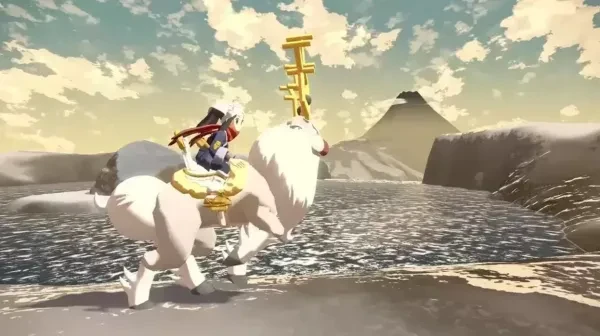
It’s said imitation is the sincerest form of flattery - so perhaps the mastermind behind the Pokemon franchise, Satoshi Tajiri, should feel flattered by some of these games. Best known as “creature collector” games, these are games where the main protagonist sets out to capture diverse creatures, often ranging from loyal pets to harnessed deities.
Most creature collectors are about collecting every creature and/or having them battle each other, using an elemental combat system akin to a complicated adaptation of rock-paper-scissors. Some games are more like Pokemon, while others are more unique - at the end of the day, the genre has a lot to offer.
10. LISA: The Painful
A life-ruining experience.
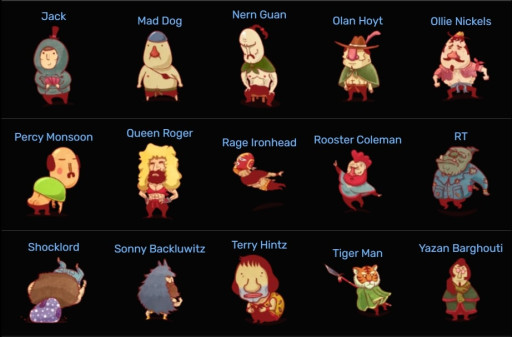
Friendship is magic.
Note: This game contains discussions of dark subject matter that may be triggering for some, including child abuse, PTSD, and sexual assault.
LISA: The Painful is an indie PC RPG about a broken man named Brad hunting down his kidnapped daughter - the first girl born since all the women in the world disappeared years before. Brad’s guilt over failing to prevent his sister, the titular Lisa, from committing suicide leads him down a dark path to earn his redemption - but he doesn’t know just how far it is.
Admittedly this is a little different.he character pool is limited to thirty middle-aged men and the point of the game is to tell a story rather than collect them or battle. However, each character has a unique pool of moves to offer in battle.
Combat largely depends on status effects, so players can’t just spam attacks. Statuses include “Scared”, “Hungover”, “Depressed”, “Withdrawal”, and more - far more thorough than mere poisoning, paralysis, or burning. Perhaps more interesting is that companions may not merely “faint” like in Pokemon, and can even die, making their lives more precious while they last.
9. Disc Creatures
Feel right at home?
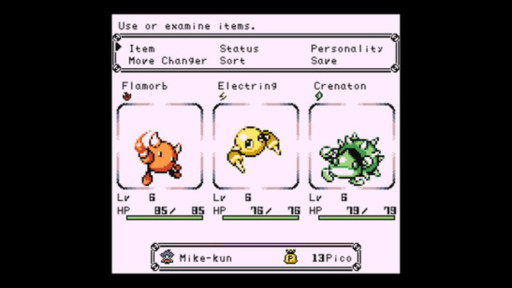
Like Pokemon and Digimon, your friends would’ve bickered between classes over whether this was better than Yu-Gi-Oh!
Disc Creatures is a retro-style indie game on Steam in which players can capture roughly 200 different species of monsters using compact discs. Inspired by classic creature collectors from the ’90s, the game almost perfectly imitates the pixelated art style of the Pokemon Red and Blue, with the addition of vibrant colors akin to their Game Boy Color aesthetic.
Despite its Pokemon aesthetic, Disc Collectors’ gameplay tends to imitate more traditional RPGs. Rather than a linear level-up movepool, each creature has a unique skill tree. Battles involve three active creatures on each side, a feature only added in Pokemon’s fifth Generation.
Additionally, the creatures featured in this game resemble those shown in the Yu-Gi-Oh! franchise, such as Flamorb, Electring, and Crenaton. Ultimately, fans and non-fans of the Pokemon franchise can both find something to enjoy in this game, nostalgic or otherwise.
8. (Shin) Megami Tensei
And to think they did it before Pokemon!
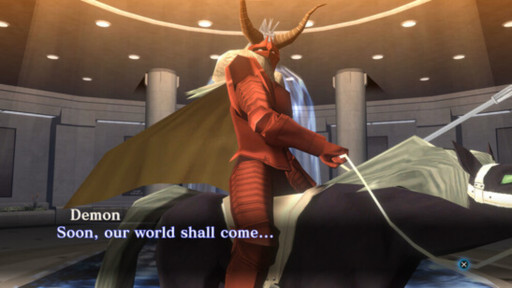
This guy coexists with a snowman with a smiley face.
Note: This series contains controversial material, including but not limited to suicide, cannibalism, and religious/political commentary.
Better known for its spinoff series, Persona, Megami Tensei is a series of standalone RPGs in which players recruit battling creatures called “demons” or “Personas”. The games often involve futuristic settings, an emergent story, and supernatural themes.
The Megami Tensei franchise largely focuses on surviving in a world invaded by occult beings, while Persona is about the relationships between people. Like later Pokemon games, the story is told primarily through cutscenes and dialogue - though in some cases, it is told environmentally.
7. Monster Rancher
Hope you own a PlayStation.

This version looks just like Stadium, too!
The Monster Rancher franchise bears more resemblance to Digimon than Pokemon but still has the common trait of collecting creatures to battle. In the original games, monsters could be obtained by putting different CDs in the console - a feature rarely, if ever, replicated.
Monsters are categorized into different types, such as “Golems” and “Nagas”, and raised for combat. The main battle stats are essentially the same as in Pokemon’s first two generations but with different names, down to the Intelligence stat affecting both attacks and defense for energy-based moves.
One feature Monster Rancher included before Pokemon did is the “chores” training - monsters can grow by working for other people like in Pokemon Generation VIII. In the end, however, both franchises can agree that the most thrilling way to train is to battle.
6. Nexomon
"Hey, can I borrow your homework?" "No, but I can teach you how to do it!"

Wonder what the moves are called?
Nexomon is perhaps the closest thing to the Pokemon games I’ve seen so far - down to some of the same item and attack names. Regardless of its originality, it does a good job of paying tribute to its inspiration. The series boasts at least 381 titular monsters categorized into seven elemental types.
The main story of the first game revolves around hunting down eight legendary Nexomon and taking down the tyrannical Nexomon King. The sequel, Extinction, takes place in a distant future dominated by equally tyrannical Nexomon. Additionally, it adds two more elemental types - much in the way Pokemon Generation II did.
Fans tend to agree that Nexomon offers a strong story but weaker gameplay compared to Pokemon - which, in the end, has not significantly decreased its positive reception.
5. Dragon Quest V and Dragon Quest Monsters
A classic series breaks formula for the better.

Look where it all began.
The Dragon Quest franchise usually revolves around a central hero saving his land from a great threat - but Dragon Quest V was the first to include creature collection. This game’s random encounter monsters sometimes offer to join the player’s party, after which they may partake in battles. Dragon Quest V includes 40 monsters, plus 31 more in the PS2 remake.
Dragon Quest V is largely about the growth of the main character from birth to marriage. The Monsters spinoff series focuses more on creature collecting. Monsters are controlled up to three at a time, with some taking up more than one space in the party depending on their size.
Monsters have personalities that influence the way they respond to commands - much like Pokemon’s type system but combined with stats. Additionally, monsters must be kept in the party or fed meat regularly to keep them obedient. This is a unique feature whose equivalent in Pokemon might be the level cap for each badge - but Pokemon obedience does not wear off over time.
4. Temtem
Imagine if Pokemon had an official MMO.
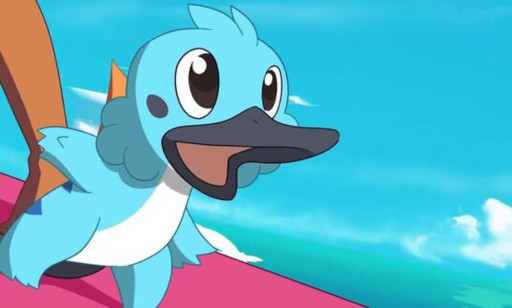
You might have heard about how this Fakemon got into the series.
This is the first MMORPG on the list so far. Temtem is set in the Airborne Archipelago, where tamers collect wandering Temtems, hole up in houses, and go on adventures - sometimes with friends. The main story follows six islands along the archipelago and an evil clan called Belsoto.
The game offers wide customization options for characters and their houses, between goofy hats and pretty wallpapers. You could easily treat the game as a virtual hangout spot to collect monsters and forget about the competitive scene.
Or, if you want glory, you can engage in combat. Players must take turns choosing their Temtem and banning their opponents’ until their teams are reduced to five each - this is where the fun begins. Battles are almost exclusively two-on-two and use a stamina system rather than PP, encouraging strategic maneuvers dissimilar to those shown in Pokemon battles.
3. Loomian Legacy
Sometimes you don’t need to fix what ain’t broke.
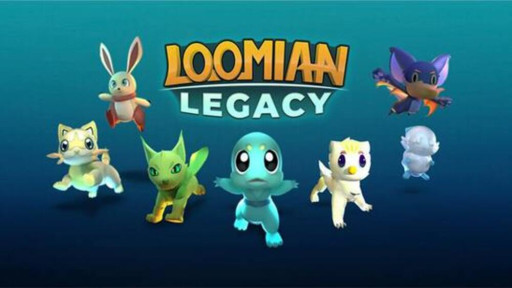
The seven starters.
Loomian Legacy originated as a Pokemon fangame on Roblox but was tweaked into its own game after the developers received complaints from Nintendo. The evidence is clear - its central creatures have almost the same type matchups, with the names changed. However, it’s not to be treated as a mere ripoff, but as a love letter to the franchise.
Some Loomian types with no obvious equivalent in Pokemon are Light, Spirit, Ancient, and Typeless. Loomians also have Abilities and combat Status effects with similar roles to those featured in Pokemon. The stat system is nearly identical, with some names changed. Personalities play the same role as Natures.
Outside of combat, there are also gameplay functions for bonding, riding, and raising the creatures you catch. There’s even a “gleaming” variant for every species equivalent to “shiny” Pokemon, though gleaming variants are divided into different rarity tiers.
2. Pocket Mortys
They should’ve given each player’s Rick a personalized number instead of just C-123.
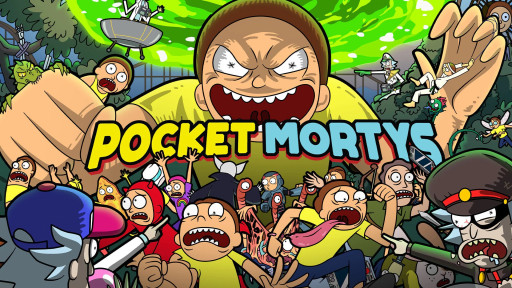
Colleges got nothing on this diversity.
A tie-in to the animated sitcom Rick and Morty, Pocket Mortys is a direct parody of Pokemon (which happens to be a truncation of “Pocket Monsters”) where players collect alternate dimensional variants of the titular character, Morty. Mortys can be selected as part of a five-character team to participate in battles.
Unlike in the older Pokemon games that inspired the general framework of this game, the “creatures” you collect are visible in the overworld. Additionally, Mortys may be combined to evolve - whereas only a few Pokemon can be combined.
The main objective is to battle the Council of Ricks, who have seized the protagonist Rick’s portal gun. Additionally, there is a One True Morty who is stronger than all the others - much in the same way Legendary and Mythical Pokemon rise above the rest.
1. Monster Sanctuary
Y’all’re the first people in the world to see these two genres together.
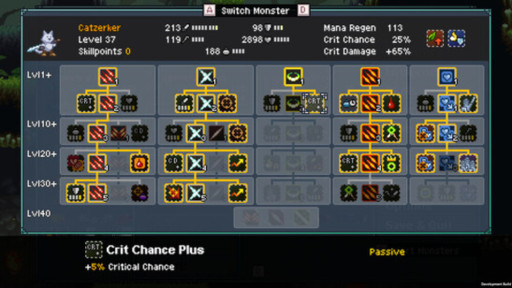
They’ve even got skill trees to rival Fallout’s.
Just as the list began, it ends with a more unique, side-scrolling game called Monster Sanctuary. This game is not only a creature collector but a Metroidvania - a game in which players explore a large interconnected map to find items that unlock previously inaccessible areas.
Each of the 101 monsters in the game has a unique skill tree. Players can choose between investing in novice skills or proceeding to more advanced skills starting at every tenth level up to level 40. It is partially through this skill tree that players gain the abilities they need to return to previous areas - one, for example, flies the player character over spikes they could not previously traverse.
You may also be interested in:
- [Top 10] Best Games Like Pokemon
- Why Pokemon Is Popular: 10 Reasons Players Love It
- 15 Ideas For Pokemon That Game Freak Needs To See
- 15 One-Off Pokemon Gimmicks

